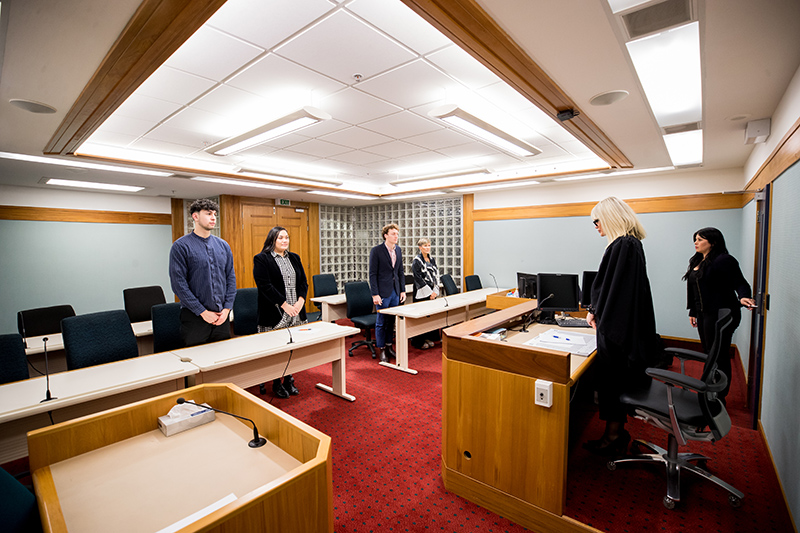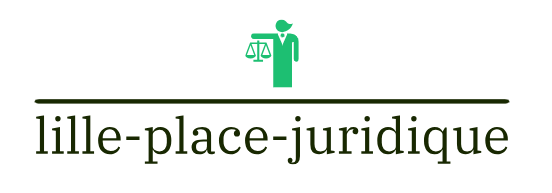
Courtroom Etiquette Implementation Advice
Navigating a courtroom requires more than legal knowledge; courtroom etiquette is equally crucial for success. Implementing proper etiquette ensures respect for the legal process and contributes to a positive professional image. Here, we provide practical advice on incorporating effective courtroom etiquette into your legal practice.
Understanding the Importance of Courtroom Etiquette
Courtroom etiquette goes beyond mere formality—it is a cornerstone of legal professionalism. Maintaining decorum in the courtroom contributes to a fair and impartial legal process. Understanding the significance of courtroom etiquette sets the stage for its effective implementation.
Dress Professionally and Appropriately
The first impression matters, and in a legal setting, it begins with attire. Dress professionally and conservatively to convey respect for the court, your clients, and the legal proceedings. A well-groomed appearance contributes to the perception of competence and credibility.
Punctuality is Key
Timeliness is a mark of professionalism. Arrive early for court proceedings to allow sufficient time for preparation and to show respect for the court’s schedule. Being punctual also allows you to address any unforeseen issues promptly.
Mind Your Manners and Language
Politeness and appropriate language are essential components of courtroom etiquette. Address the judge, opposing counsel, and all parties with courtesy and respect. Avoid confrontational language and maintain a composed and professional demeanor at all times.
Proper Courtroom Communication
Effective communication in the courtroom involves more than verbal skills. Pay attention to non-verbal cues, maintain eye contact, and be mindful of your body language. Clear and concise communication enhances your effectiveness as a legal professional.
Respect for Court Officials and Procedures
Show respect for court officials, including the judge, court staff, and security personnel. Follow established courtroom procedures, adhere to the rules, and be cooperative during the proceedings. This fosters a positive working relationship with the court.
Manage Electronic Devices Appropriately
In the digital age, electronic devices are omnipresent, but their usage in the courtroom requires careful consideration. Silence phones, refrain from unnecessary use of laptops or tablets, and seek permission before presenting electronic evidence. Managing devices discreetly contributes to a focused courtroom environment.
Adapt to Courtroom Dynamics
Each courtroom has its own dynamics and procedures. Familiarize yourself with the specific rules and expectations of the court where you are practicing. Adapting to the courtroom’s unique environment demonstrates your professionalism and preparedness.
Handle Challenges with Composure
Legal proceedings can be unpredictable, and challenges may arise. Whether facing unexpected objections, evidentiary issues, or contentious interactions, maintain composure. Handling challenges with grace and professionalism reflects positively on your legal expertise.
Seek Guidance and Continuous Improvement
If unsure about courtroom etiquette or specific procedures, seek guidance from experienced colleagues or mentors. Embrace a mindset of continuous improvement, actively learning from each courtroom experience. This commitment to growth enhances your courtroom presence over time.
For a more in-depth exploration of courtroom etiquette implementation advice, visit Courtroom Etiquette Implementation Advice. This valuable resource provides additional insights and practical tips to further refine your courtroom etiquette and enhance your overall effectiveness in the legal arena.
